The Longleaf Trace Is a Beautiful Beacon for Health, Revitalization in Mississippi
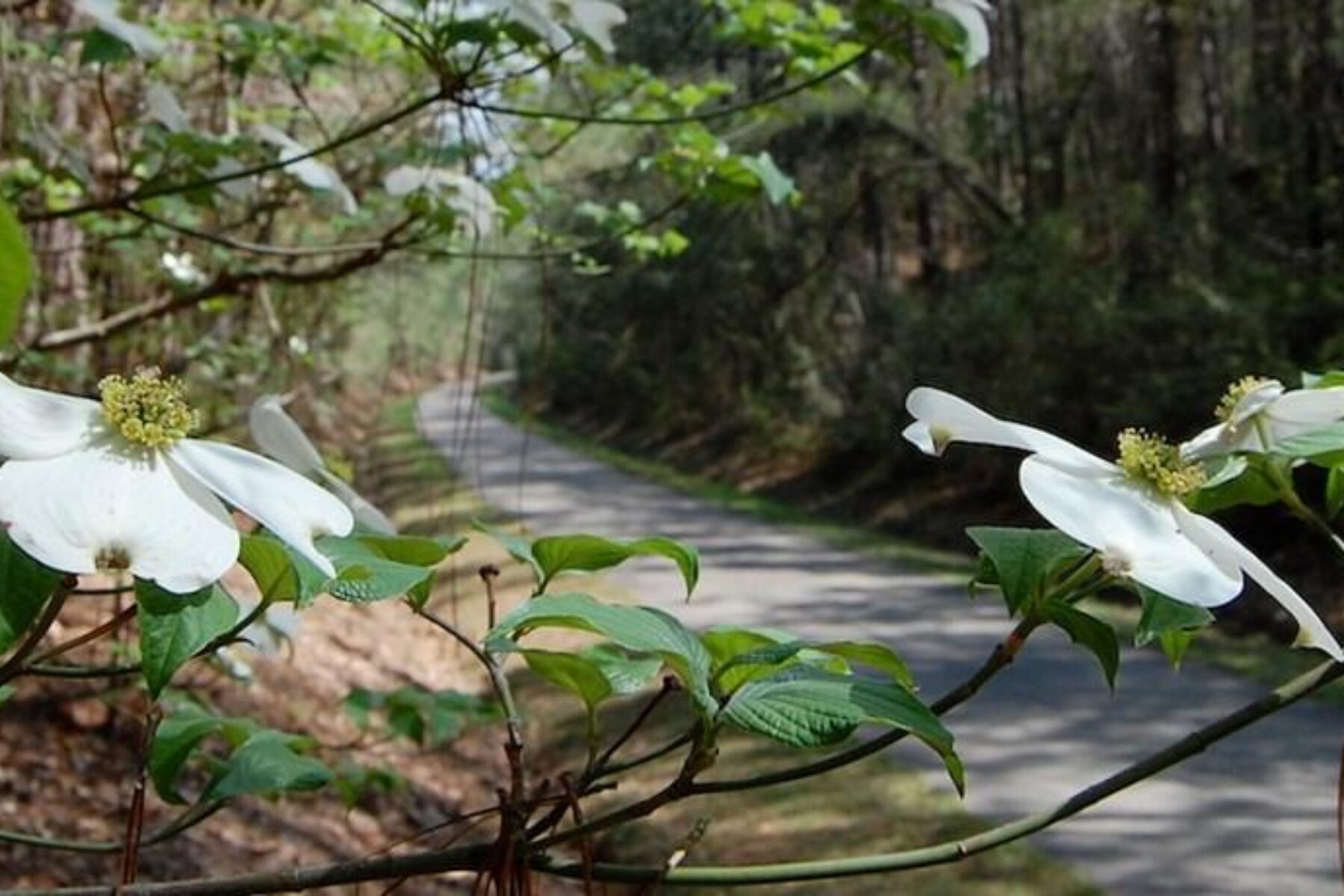
In the 1920s, a ride through Mississippi’s Pine Belt would have been by locomotive. Forest and agricultural products were transported through the region by rail to support the Magnolia state’s booming timber industry. Today, a stretch of the disused Mississippi Central Railroad has been repurposed as a vital connective tissue and stunning natural tribute to the region’s history.
Lined with a diverse array of foliage, the 43-mile Longleaf Trace takes trail users from Prentiss to Hattiesburg, connecting three counties and multiple towns as it rambles through tunnels, over bridges and along woods and wetlands. The trail—a beacon for outdoor enthusiasts—has spurs that connect to parks, campgrounds and lakes.
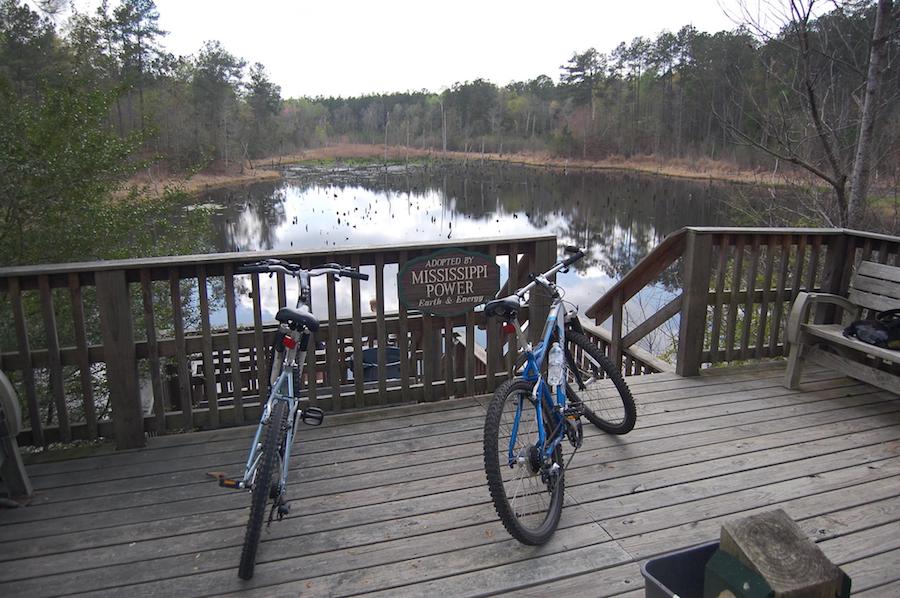
Nestled among Longleaf Pines, the 12-acre Denbury Beaver Pond is a highlight, offering visitors a prime opportunity to get lost in thought and the throes of Southern Mississippi’s natural beauty.
“I had someone come in the other day, and they saw a rabbit, a squirrel, a deer and a turkey,” said Mary Scruggs, executive director of the Pearl & Leaf Rivers Rails to Trails Recreational District Board. “I think a lot of people who might not ordinarily get to go out in the country and see woods, the wildlife, the different kinds of trees … they really enjoy [the trail]. It’s serene.”
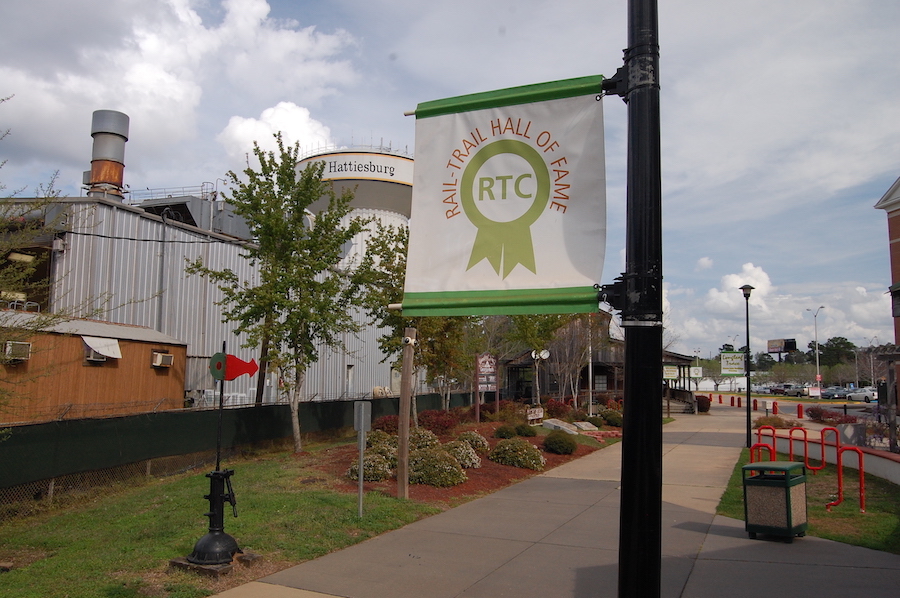
A designated National Recreation Trail and member of RTC’s Rail-Trail Hall of Fame, The Trace opened in September 2000 after a community-led effort to acquire a railbanked portion of the Illinois Central line (which bought the Mississippi Central in the 1960s). Running parallel to the route is its hidden treasure—the Longleaf Trace Equestrian Trail. Occasionally crossing the Trace, the 24-mile path begins in Carson and meanders all the way to the Ronnie Shows Nature Center at the western end of Hattiesburg.
DON’T MISS: Mississippi’s Longleaf Trace Trail of the Month Feature
Revitalizing the Pine Belt
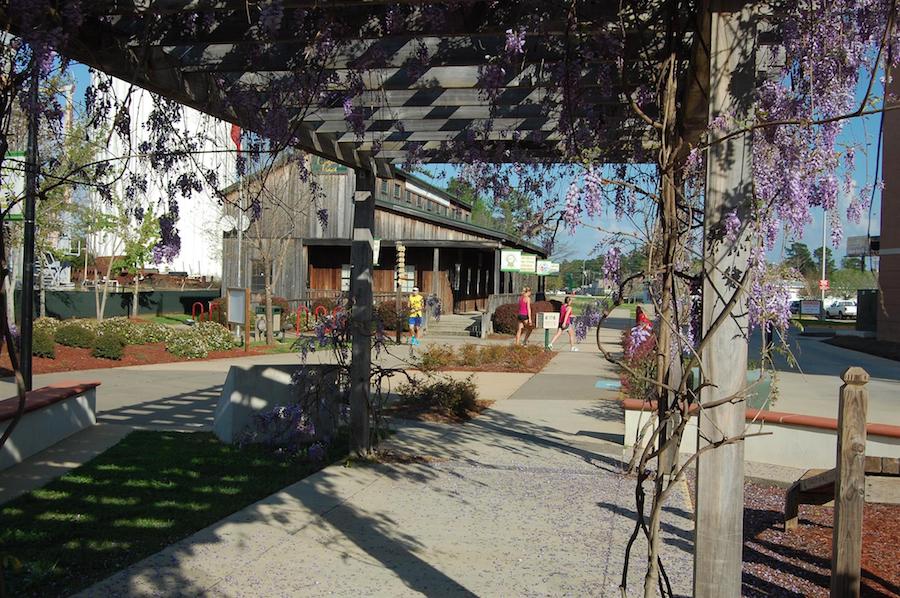
Although the bustle of the timber boom no longer dominates the region, the Longleaf Trace is re-envisioning Southern Mississippi as a destination for tourists and outdoor recreationists. The trail sees 250,000 uses a year, drawing visitors from all 50 states, and even a few countries, to its plethora of parks, campgrounds and hiking trails. Signage along the pathway highlights the diversity of the area’s greenery, and students use the trail’s markers and connections to natural areas for research and class projects.
Between the Clyde Depot in Hattiesburg and the Epley Depot in Sumrall, plans are underway to impound Denbury Beaver Pound, construct a riding trail around it and add an amphitheater and outdoor learning center.
“I know a lot of people come in from out of the area, out of the state,” said Scruggs. “And they come specifically to use the Trace.”
Jim Moore, trail advocate and owner of Moore’s Bicycle Shop, said he has seen his shop and other businesses in the region grow as a result of the trail.
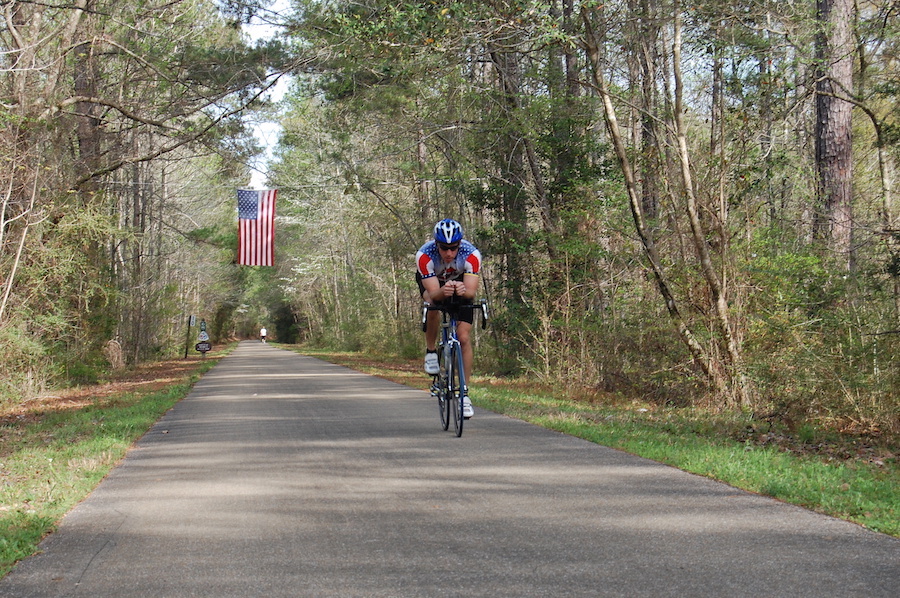
“We saw that, as the trail was about to open in 2000, we needed a larger facility to meet the demand,” said Moore. “So, we moved from a small location to a much larger facility. Our sales doubled with the opening of the Trace and have remained at that level pretty much in the 20 years since. There are other businesses that opened up along the trail looking to capitalize on the opportunity.”
It is estimated that 10,000 annual restaurant visits can be attributed to users of the Trace, and in 2010, outdoor recreation merchandise sales had risen by 30 percent since the trail’s opening.
Previously empty buildings in Downtown Hattiesburg have been converted to apartments, and land development along the Trace has increased, with one developer deeming a housing subdivision “Longleaf” after the area’s proximity to the pathway.
A Connected Community
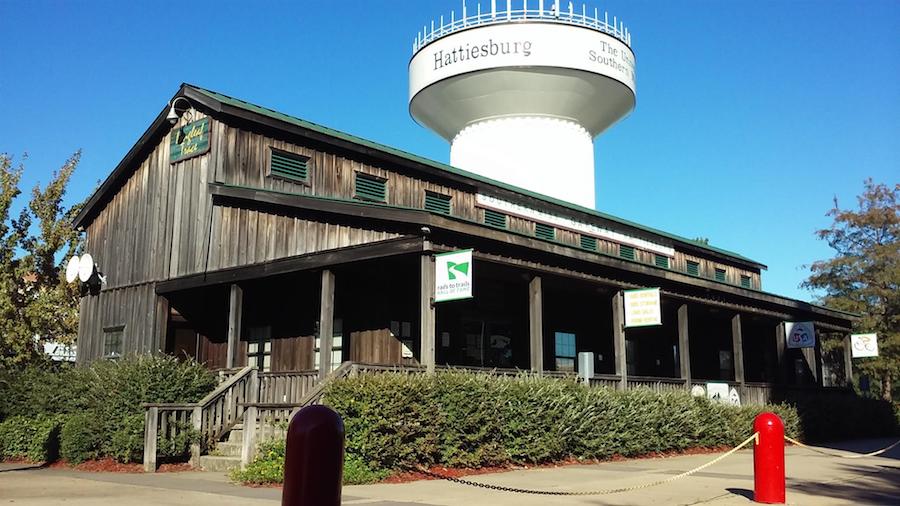
What’s particularly remarkable about the trail is its shift from a purely recreational to utilitarian path. In the past, the trail ended in Hattiesburg, right near the University of Southern Mississippi’s campus.
A 2-mile extension completed in early 2017 now connects users to Downtown Hattiesburg and provides more options for commuters. Another project finishing up its design phase will increase intersection safety by adding safety features such as asphalt striping and flashers, particularly in high-traffic areas.
“That 2-mile section sees a markedly different or more diverse type of use,” said Moore. “If you’re out there in the mornings or in the afternoons, you will see people coming to school on their bikes or walking. You will see people with fast food uniforms on, using the trail to get to Sonic where they work, or hotels where they work, or to the restaurants up and down the place.”
Making the trail more accessible has also provided residents with a safe place to bike, walk, run, skate and ride. Fitness centers, military posts and sports teams have all incorporated the Trace into their training routines, and doctors are prescribing trail use to patients. In 2010, 20 percent of the estimated 40,000 residents living within 3 miles of the Trace reported increased exercise.
“I have customers all the time that have not been cyclists, and they have not been on a bike in 40 years,” Moore said. “Because this trail exists, because they feel safe in a place with no automobiles, they’ll come in and buy the first bike they’ve had in four decades, and then go out and begin enjoying it again. They begin to increase their distance, increase their stamina. And it just turns into something they do on a regular basis as a passion.”
A Special Amenity
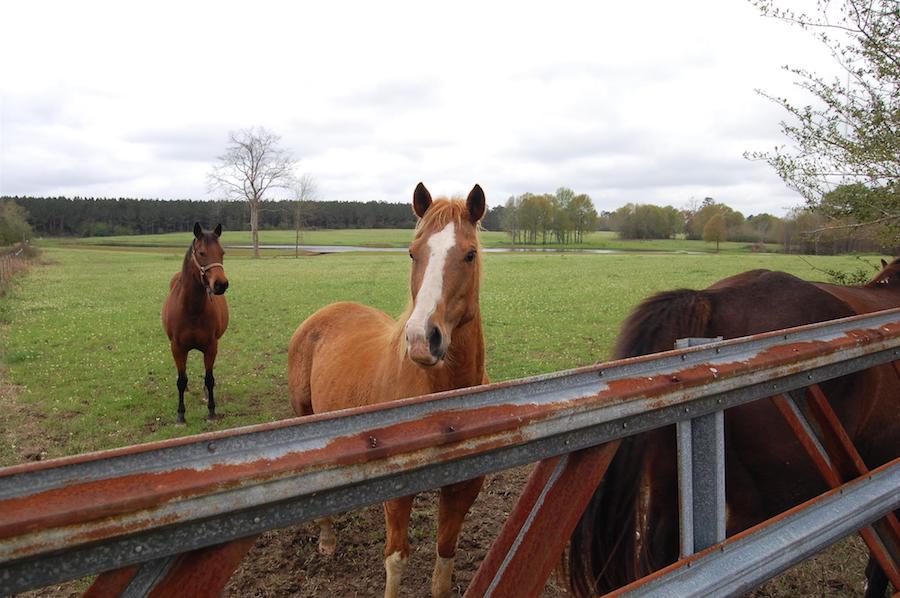
Trail maintenance is another one of the Trace’s avenues for attracting visitors. A project to renovate existing restroom facilities along the trail is nearing completion. Over the years, from expanding and improving the equestrian trail to repairing cracks in asphalt, maintenance has remained a strong focus. It was also a top priority for former trail manager Herlon Pierce, who passed away in March, leaving Southern Mississippi’s most prized possession as his legacy.
“It’s the greatest thing that a community can do—build something like this, and manage and operate it well,” Moore said. “It’s not just the creation of it and the building of it. It’s how you manage it and keep it up. That’s what makes it a special amenity to the members of the community.”
Related: Trails Transform America: Mississippi’s Longleaf Trace

Donate
Everyone deserves access to safe ways to walk, bike, and be active outdoors.



